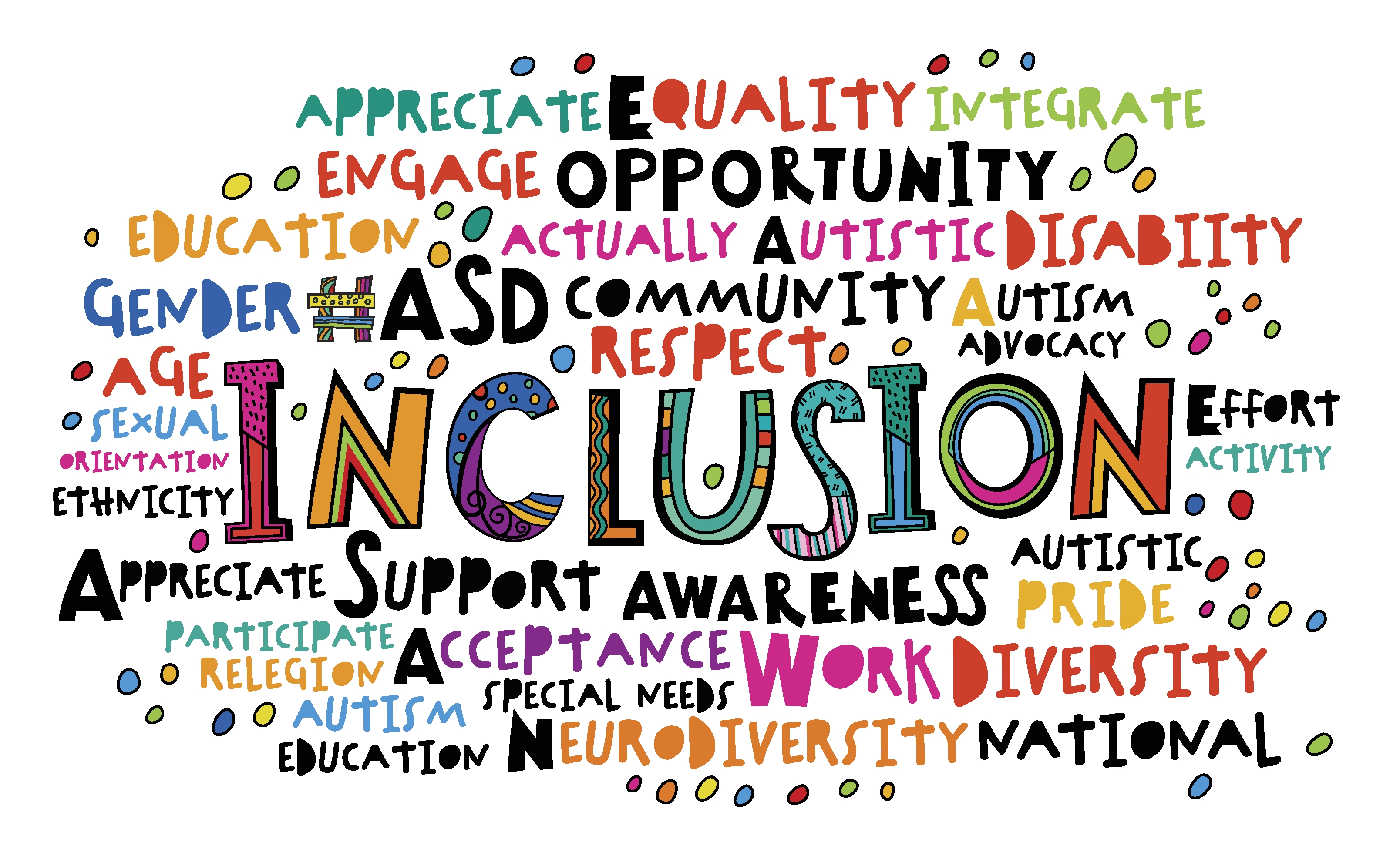Utah PTA Policy on Diversity and Inclusivity
Utah PTA values differences and similarities in people and is committed to making Utah PTA and its constituent organizations representative of the demographics of the State, Region and Local PTAs through cultural awareness; prompting fairness, understanding, and solution driven practices; and inclusivity and collaboration with home, school, and community. By doing so, we will strengthen the structure of our society through increased parental engagement and student success. - Adopted January, 2014
Across the country, students, families and educators experience vastly different education systems that either support— or hinder—the ability for all children to reach their full potential. These differences are often due to disparities in opportunities, access and financial resources—and whether or not parents are respected as equal partners in their child's education.
To be part of the solution, National and Utah PTA recognizes that we have our own work to do to advance diversity, equity and inclusion across the association and recently adopted the following definitions and beliefs to help PTA leaders:
Diversity
Diversity is representation of, and respect for, people from different backgrounds and identities—including but not limited to race, culture, religion, socio-economic status, age, geographic area, sexual orientation and gender identification, language, learning style and physical appearance. It also involves bringing different ideas, perspectives, lived experiences, talents, values and worldviews to the table to represent the broad variety of children, caregivers, educators and communities within the PTA family.
We Believe Diversity is Our Strength…
We represent parents, caregivers, educators and communities of all children, which enables us to best achieve PTA’s mission to make every child’s potential a reality. Our collective backgrounds, perspectives and ideas allow us to best reflect the rich fabric of 21st century children, families, educators and community members—and create the strongest future and direction for PTA.
Equity
Equity provides fairness in resources, opportunities and outcomes so that all communities get what they need to be engaged and successful. This moves beyond an “equal across the board” approach to:
1. Recognize and address bias and privilege.
2. Understand and attend to specific individual and community needs, providing additional resources to those with greater needs.
We Believe Equity Drives Our Mission…
With schools facing challenges like shrinking budgets and increasing educational inequity, PTA is more important than ever. We continually learn and change to reflect an increasingly complex and changing 21st century landscape in which unforeseen crises can affect our children, families and communities. We seize opportunities to build and share new models and ways of working on behalf of children.
Inclusion
Inclusion is actions, behaviors and social norms that ensure all people feel they are safe, welcomed and that they belong. This means putting diversity into action with skill and intentionality to ensure everyone feels respected, supported and valued—and can fully participate with equal voice and right to be heard. This includes actively seeking out voices that have been traditionally underrepresented and/or marginalized.
We Believe Collaboration Must Be Inclusive…
We can only achieve our mission and vision in full collaboration and partnership with the broadest possible set of volunteers, staff, educators, schools and communities. We foster an association where everyone feels they belong, are integral to achieving our vision and have the opportunity to flourish and contribute at the highest level. That means tending to power dynamics where they occur and setting up a level playing field for all to
"Creating and managing a diverse workforce is a process, not a destination."
— R. Roosevelt Thomas, Jr.
How to Welcome Diversity and Inclusivity into your PTA? Check Out National PTA's Welcoming Diverse Perspective PDF
Graceful Conversations
A difficult conversation happened over the summer of 2021 with much debate. In August, the Utah State Board of Education approved the rule 277-328 on Educational Equity. Per the rule, they aim for "fostering a learning environment and workplace that are safe and respectful of all students and educators". Also that no student can be made guilty for being a member of a certain group and that all races are equal. Utah PTA encouraged and modeled civility and constructive dialogue by hosting a "Graceful Conversations" webinar.
Our goals for the Graceful Conversation webinar were to:
1) to gain a better understanding of opposing perspectives on this issue
2) to build bridges with other community members
3) to create a resource for parents who want to learn more
We hope this is the first step in a positive dialogue about what our children are learning. Watch the Recording
PTA is committed to bridging the disparities in our communities by being more diverse, equitable and inclusive in our mission efforts.
An organization that recognizes diversity values differences and similarities among people through its actions and accountability. These characteristics include age, ethnicity, gender, language and culture, socioeconomic status, among many different things.
When PTAs respect differences yet acknowledge shared commonalities uniting their communities, and then develop meaningful priorities based upon their knowledge, they genuinely represent their communities. When PTAs represent their communities, they gain strength and effectiveness through increased volunteer and resource support.
National PTA has a wealth of information on how to make your PTA more inclusive and how to bridge the gaps in your community.
PTA Local Leader Guidance for DEI
